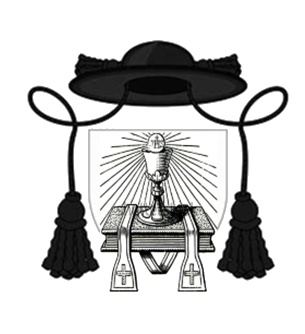Get in touch
555-555-5555
mymail@mailservice.com

Congregatio de Institione
Catholica Vitae
About us
The Catholic Church is a refuge for sinners where men are transformed into sons of God by the grace of Redemption.
Useful Links
Contact info
olgstrad@gmail.com
1945 Craley Road
Windsor, PA 17366
717.758.3947
Website design by Greatest Hits Websites


